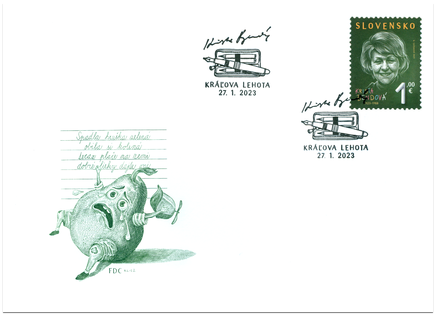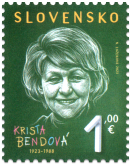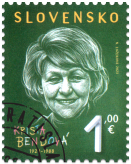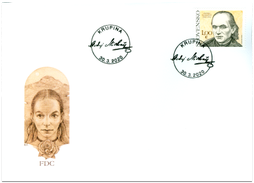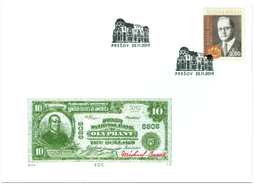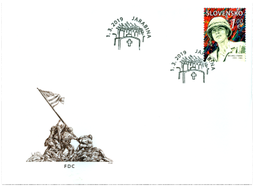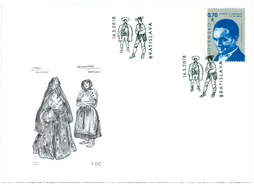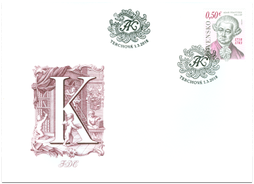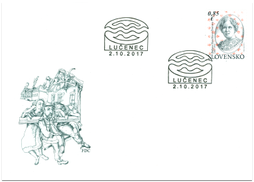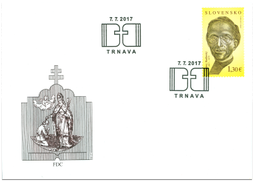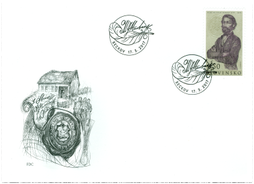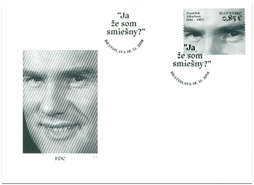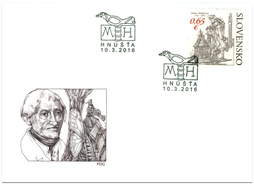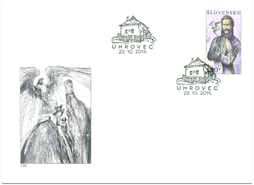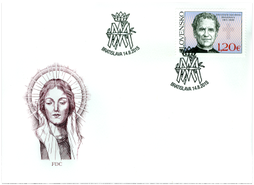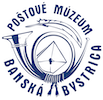FDC 785 Date of issue
27.01.2023 Sell price
1.64 €
Although she was a Slovak poet, a writer of prose, a playwright and a journalist, Krista Bendová (27th January 1923, Kráľova Lehota – 27th January 1988, Bratislava) was first and foremost an author of books for children and teenagers. In addition to writing under her given name, she also wrote under the pseudonyms Mária Hlavatá, Kristián Benko and many others. Krista Bendová attended primary school in Kráľova Lehota, Kremnica and Nové Zámky. She began her grammar school studies in Nové Zámky but later moved to Banská Bystrica, where she passed her final examinations. She went on to study Slovak and Russian at the Faculty of Arts of the Slovak University in Bratislava. At the same time, she also attended the Academy of Dramatic Arts in Bratislava but she was unable to complete this study due to ill health.
In 1948, she became a member of the editorial team of the publishing house Pravda. Later she worked for the Ohník and Roháč magazines and within the secretariat of the Czechoslovak Writers’ Association. From 1958 to 1964 she worked as an editor for the Pravda daily newspaper. From 1964 onwards she concentrated on her own literary works. As early as 1948 she debuted with her collection of poems; Letters to My Loved One (Listy milému). They are a reflection of the circumstances of her life at that time. She reconciled herself with this period of her life through her collection; Hands (Ruky 1948). But she made her real mark in the history of Slovak literature as an author of literature for children and teenagers. In 1949, she published her first collection of poems for children; Trinkets-Playthings (Čačky-hračky). More books gradually followed, such as What is going on, what happened (Čo sa robí, čo sa stalo, 1950) and The March of the Pioneers (Pioniersky pochod) in 1952. Her collection of poems (Bola raz jedna trieda, 1956), which attempts to teach children through humour, has played a significant role in the development of poetry for children. Other humorous collections of her poems, such as How Jožko Pletko mistook everything (Ako Jožko Pletko poplietol si všetko) and How Jožko Pletko wanted to clean up everything (Ako Jožko Pletko upratať chcel všetko) from 1959, utilise the principles of situational comic. However, her most famous work is a series of fairy tales about Osmijanko, which become popular after their radio adaptation by Ctibor Filčík.
Bendová was married to the Slovak writer Ján Kostra. In 1983, she was awarded the title of Merited Artist. The postage stamp depicts the writer’s portrait painted on a blackboard using chalk. The motif of the stamp was inspired by the collection of poems Once upon a time, there was a classroom, in particular, by the poem of the same name, which tells the story of pupils who stole pieces of chalk and hid them in their pockets. The FDC was inspired by the poem About a Fallen Pear (O spadnutej hruške), showing the pear as a jackanapes.
This text drew on documents provided by the Centre for Information on Literature (LIC).
Show lessSimilar products
FDC 710 Date of issue
30.03.2020
FDC 703 Date of issue
22.11.2019
FDC 678 Date of issue
01.03.2019
FDC 658 Date of issue
14.03.2018
FDC 657 Date of issue
01.03.2018
FDC 641 Date of issue
02.10.2017
FDC 637 Date of issue
07.07.2017
FDC 631 Date of issue
17.03.2017
FDC 626 Date of issue
18.11.2016
FDC 608 Date of issue
10.03.2016
FDC 597 Date of issue
23.10.2015
FDC 591 Date of issue
14.08.2015
© 2025 POFIS - Postal philatelic service. All rights reserved

